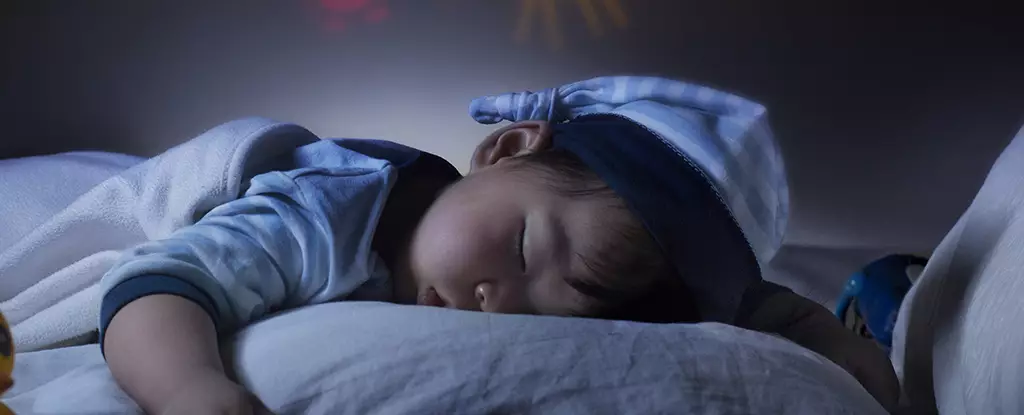Recent investigations into children’s sleep environments have unveiled a distressing reality: the mattresses that toddlers and infants rest upon may emit harmful chemicals, jeopardizing their neurological health. A team of researchers from the University of Toronto has studied the presence of semivolatile organic compounds (SVOCs) in the bedrooms of 25 children aged between six months and four years, alongside analyzing 16 new mattresses for chemical emissions. Their findings raise urgent questions about the safety of sleeping conditions for our youngest citizens.
Understanding the Chemical Threat
The primary culprits under scrutiny are SVOCs, which manufacturers commonly incorporate into mattresses for increased durability and fire resistance. However, these compounds have been linked to a variety of health issues, particularly those affecting children, such as respiratory problems and cognitive impairments. The dilemma becomes even more alarming when we consider the delicate developmental stage of young children. They require quality sleep for optimal brain growth and function, making any compromise in their sleeping environment particularly concerning.
Miriam Diamond, an environmental chemist involved in the study, emphasizes the seriousness of the situation, stating, “This is a wake-up call for manufacturers and policymakers to ensure our children’s beds are safe and support healthy brain development.” The emotional weight of this message cannot be understated. For parents, the bedroom should be a sanctuary, not a source of potential harm.
Measurements and Findings
The study meticulously analyzed the chemical landscape of children’s bedrooms, revealing the presence of over two dozen different SVOCs. Strikingly, higher concentrations were observed in the immediate vicinity of the sleeping microenvironments, which comprise the mattress, bedding, and toys. The researchers even conducted simulations to see how factors like body heat and weight could exacerbate chemical emissions from new mattresses, highlighting a troubling reality: the act of sleeping could be releasing toxic substances that accumulate in unsafe amounts.
Compounding this issue is the fact that many of the detected compounds have previously been linked to neurodevelopmental problems. For instance, the presence of certain flame retardants, such as tris(2-chloroethyl) phosphate—banned in Canada—raises red flags about the regulatory oversights in the industry. Biophysical chemist Arlene Blum of the Green Science Policy Institute echoes this sentiment, criticizing the pervasive use of harmful chemicals that offer no verifiable fire safety benefits.
The Parental Dilemma
As guardians, parents naturally want to ensure their children’s safety, especially during the vulnerable sleeping hours. The study indicates that additional items in the sleeping area—such as pillows, blankets, and mattress protectors—amplify the concentration of damaging SVOCs. The implications are clear: parents might need to rethink not only the mattresses they purchase but also the entire sleeping setup.
One proactive measure suggested by the researchers is increasing the frequency of washing bedding. This practice can diminish the accumulation of harmful chemicals and may provide an extra layer of safety. Yet, while these steps are beneficial, they hardly resolve the underlying issue of mattresses being designed with hazardous materials from the outset.
Call for Action
The researchers advocate for a collective responsibility among mattress manufacturers and safety standards organizations to tighten regulations surrounding the chemicals used in children’s products. The need for stringent guidelines is imperative, as children are more susceptible to chemical exposure due to their rapid breathing, porous skin, and significant time spent sleeping compared to adults. The question arises: how long will the industry maintain lax standards before prioritizing children’s health?
Blum encapsulates the crux of the matter by asserting that parents should feel secure when putting their children to bed, with the knowledge that their sleeping environment is free from dubious toxic substances. This level of reassurance is a right—one that must be fiercely protected.
Overall, as we delve deeper into understanding the implications of this research, the clear directive is for systemic changes within the industry—changes that will ensure that the cribs and beds, where our children spent their formative years, are sanctuaries of safety rather than sources of hidden dangers.

